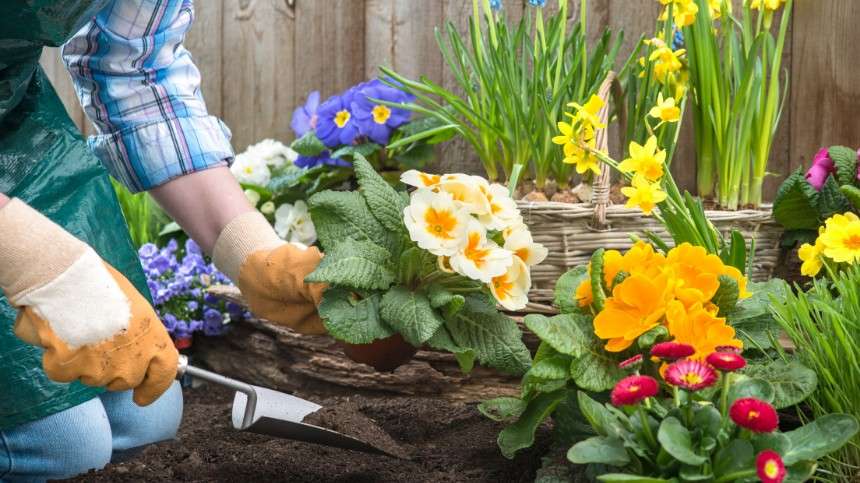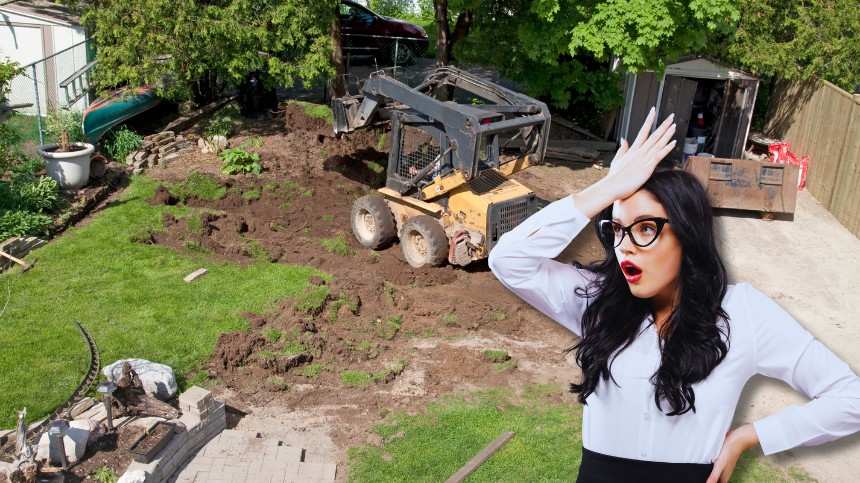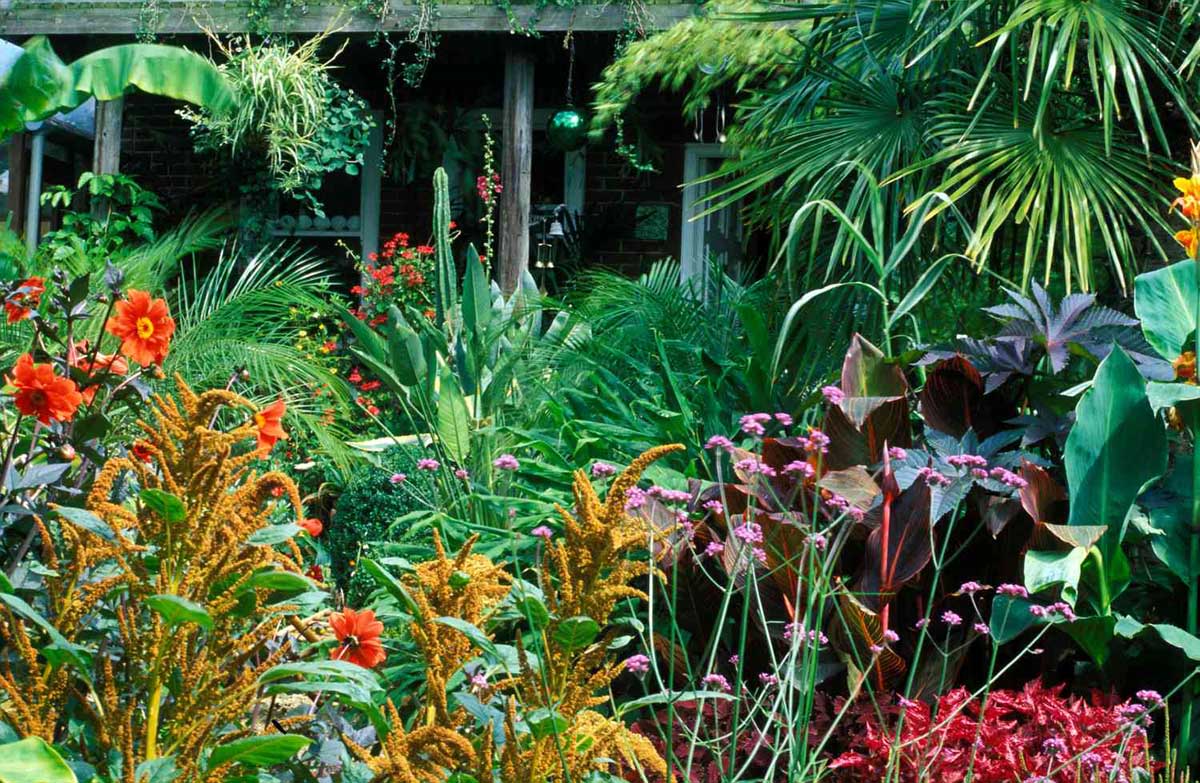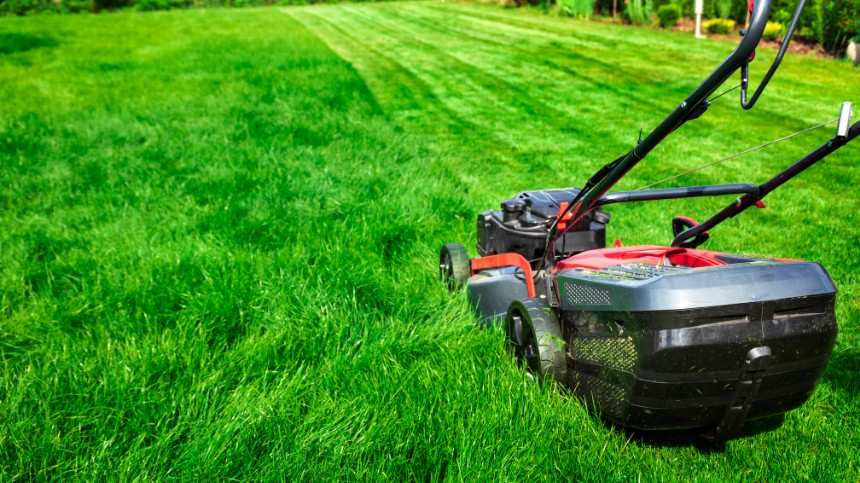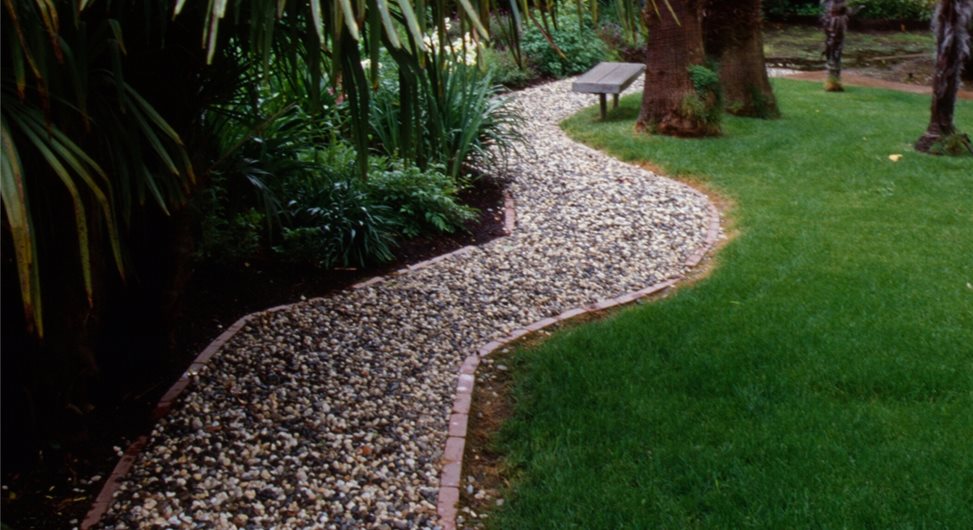Top 10 Flowering Plants for Year-Round Colour in Sydney
Sydney’s climate is one to be thankful for. We’re pretty lucky here, with those lovely mild winters followed by warm and humid summer which make our gardens burst out in riotous colour.
But there’s something else you need to know.
Details
